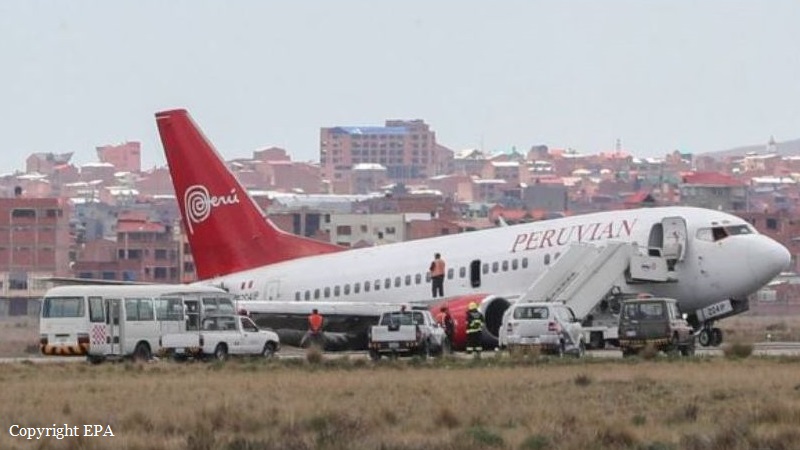Country
Ground accident of a Boeing 737-3H4 in Nashville
Date & Time:
Dec 15, 2015 at 1730 LT
Registration:
N649SW
Survivors:
Yes
Schedule:
Houston – Nashville
MSN:
27719/2894
YOM:
1997
Flight number:
WN031
Crew on board:
5
Crew fatalities:
Pax on board:
133
Pax fatalities:
Other fatalities:
Total fatalities:
0
Captain / Total hours on type:
14186.00
Copilot / Total hours on type:
5473
Aircraft flight hours:
58630
Circumstances:
On December 15, 2015, at 5:23pm central standard time (CST), Southwest Airlines flight 31, a Boeing 737-300, N649SW, exited the taxiway while taxing to the gate and came to rest in a ditch at the Nashville International Airport (BNA), Nashville, Tennessee. Nine of the 138 passengers and crew onboard received minor injuries during the evacuation and the airplane was substantially damaged. The airplane was operating under the provisions of 14 Code of Federal Regulations Part 121 as a regularly scheduled passenger flight from William P. Hobby Airport (HOU), Houston, Texas. Weather was not a factor, light conditions were dark just after sunset. The airplane landed normally on runway 20R and exited at taxiway B2. The flight crew received and understood the taxi instructions to their assigned gate. As the crew proceeded along taxiway T3, the flight crew had difficulty locating taxiway T4 as the area was dark, and there was glare from the terminal lights ahead. The crew maneuvered the airplane along T3 and onto T4, and then turned back to the right on a general heading consistent with heading across the ramp toward the assigned gate. The flight crew could not see T4 or the grassy area because the taxiway lights were off and the glare from the terminal lights. As a result, the airplane left the pavement and came to rest in a drainage ditch resulting in substantial damage to airplane. The cabin crew initially attempted to keep the passengers seated, but after being unable to contact the flight crew due to the loud alarm on the flight deck, the cabin crew properly initiated and conducted an evacuation. As a result of past complaints regarding the brightness of the green taxiway centerline lights on taxiways H, J, L and T-6, BNA tower controllers routinely turned off the taxiway centerline lighting. Although the facility had not received any requests on the day of the accident, about 30 minutes prior to the event the tower controller in charge (CIC) turned off the centerline lights as a matter of routine. In doing so, the CIC inadvertently turned off the "TWY J & Apron 2" selector, which included the taxiway lights in the vicinity of the excursion. The airfield lighting panel screensaver feature prevented the tower controllers from having an immediate visual reference to the status of the airfield lighting.
Probable cause:
The flight crew's early turn towards the assigned gate because taxiway lighting had been inadvertently turned off by the controller-in-charge which resulted in the airplane leaving the paved surface. Contributing to the accident was the operation of the screen-saver function on the lighting control panel that prevented the tower controllers from having an immediate visual reference
to the status of the airfield lighting.
to the status of the airfield lighting.
Final Report:


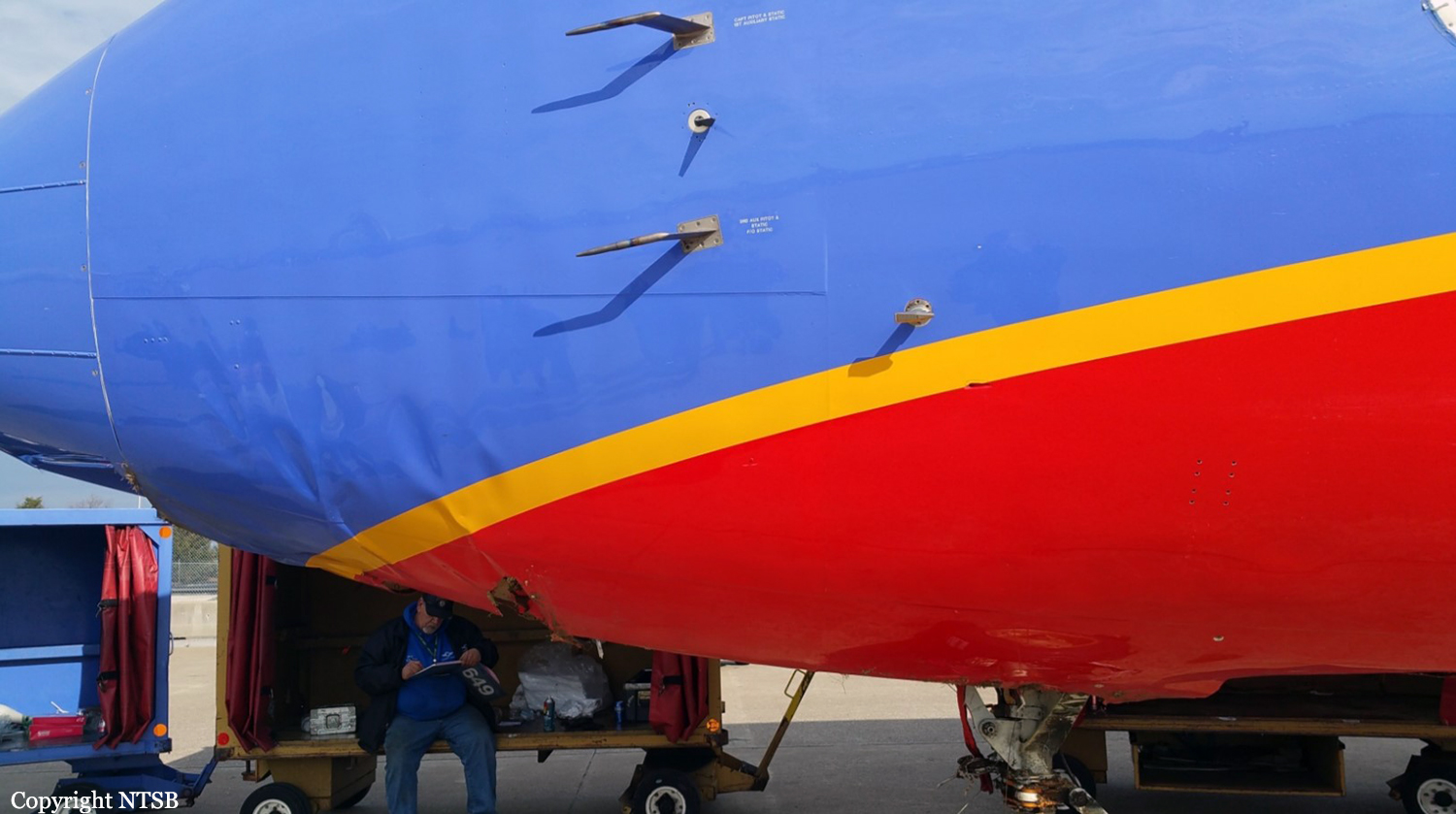

Crash of a Boeing 737-322 in Mexico City
Date & Time:
Nov 26, 2015 at 1828 LT
Registration:
XA-UNM
Survivors:
Yes
Schedule:
Cancún – Mexico City
MSN:
24248/1636
YOM:
1988
Flight number:
GMT779
Crew on board:
5
Crew fatalities:
Pax on board:
139
Pax fatalities:
Other fatalities:
Total fatalities:
0
Aircraft flight hours:
64171
Aircraft flight cycles:
39245
Circumstances:
The aircraft departed Cancún on a regular schedule flight to Mexico City, carrying 139 passengers and five crew members. The flight was uneventful. Following an unstabilized approach, the aircraft landed on runway 05L at an excessive speed. After touchdown, severe vibrations occurred when the left main gear collapsed after a course of 1,097 metres. The airplane slid for 980 metres before coming to rest. All 144 occupants evacuated safely and the aircraft was damaged beyond repair.
Probable cause:
Fracture of the shimmy damper piston and subsequent retraction of the left leg assembly of the landing gear due to vibrations caused during the landing run, which could not be damped due to wear and play existing between the dynamic parts of the links, fittings and apex joint of the shimmy damper.
The following contributing factors were identified:
- Unstabilized approach,
- Inadequate service to shimmy damper and shock strut,
- Landing with a low rate of descent,
- Wear in the Apex joint due to a play between this and the lower torsion link,
- Landing with high ground speed and low descent rate.
The following contributing factors were identified:
- Unstabilized approach,
- Inadequate service to shimmy damper and shock strut,
- Landing with a low rate of descent,
- Wear in the Apex joint due to a play between this and the lower torsion link,
- Landing with high ground speed and low descent rate.
Final Report:
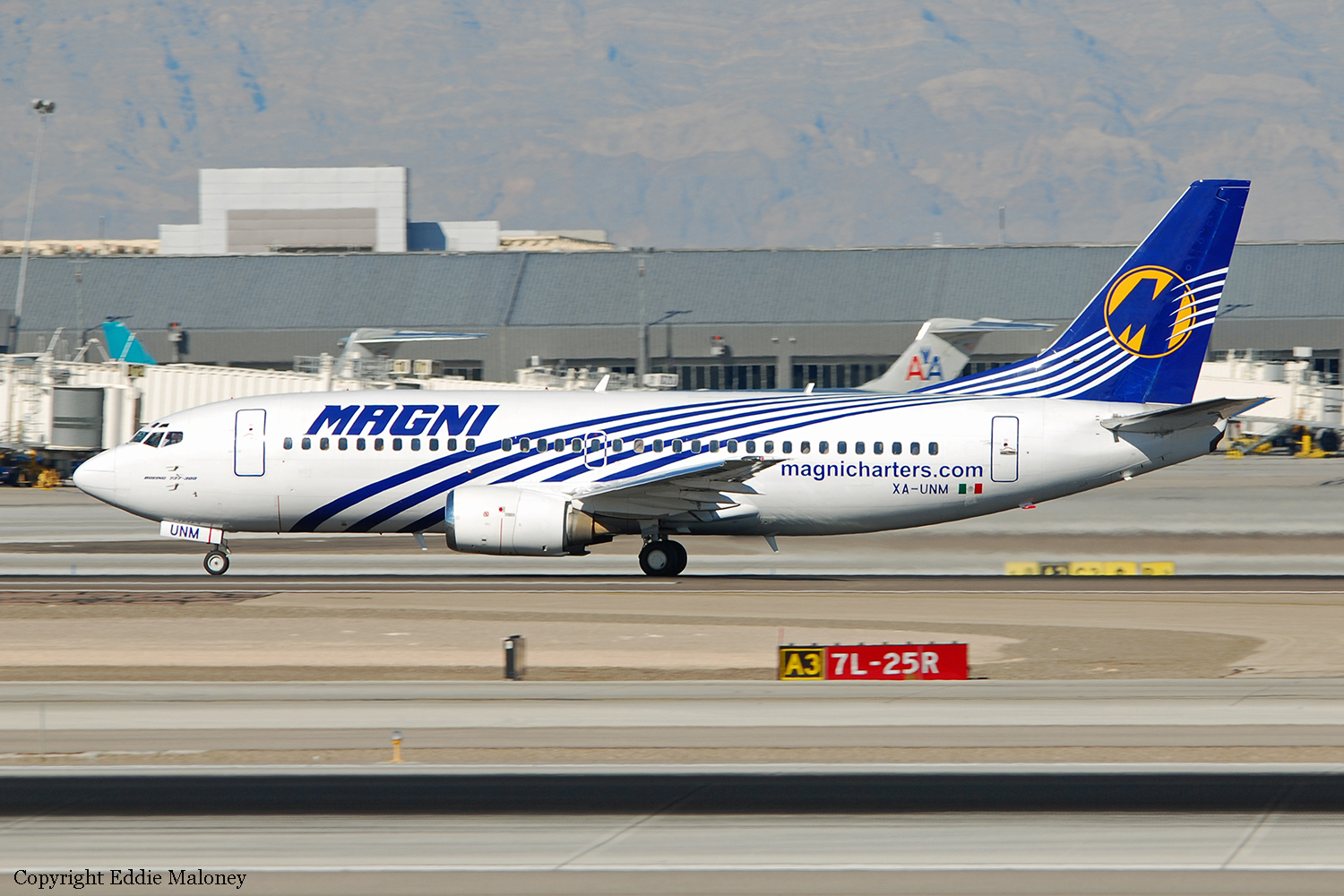

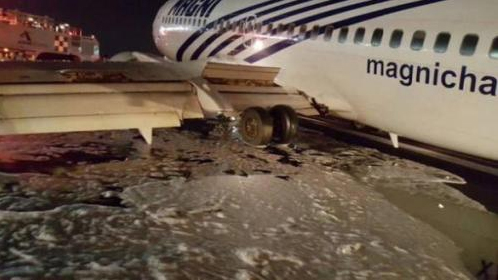

Crash of a Boeing 737-3Y0 in Osh
Date & Time:
Nov 22, 2015 at 0800 LT
Registration:
EX-37005
Survivors:
Yes
Schedule:
Krasnoyarsk – Osh
MSN:
24681/1929
YOM:
1990
Flight number:
AVJ768
Crew on board:
6
Crew fatalities:
Pax on board:
148
Pax fatalities:
Other fatalities:
Total fatalities:
0
Captain / Total hours on type:
6362.00
Copilot / Total hours on type:
3731
Aircraft flight hours:
50668
Aircraft flight cycles:
43958
Circumstances:
The crew departed Krasnoyarsk-Yemilianovo Airport on a night flight to Osh, Kyrgyzstan. En route, he was informed that a landing in Osh was impossible to due low visibility caused by foggy conditions. The captain decided to divert to Bishkek-Manas Airport where the aircraft landed safely at 0520LT. As weather conditions seems to improve at destination, the crew left Bishkek bound for Osh some ninety minutes later. On approach to Osh, the vertical visibility was reduced to 130 feet when the aircraft hit violently the runway 12 surface. Upon impact, the left main gear was sheared off, the aircraft slid for several yards, overran, hit obstacles and came to rest in a field located 529 meters past the runway end with its left engine detached and its right engine destroyed. All 154 occupants were evacuated, ten passengers were injured, six of them seriously. The aircraft was damaged beyond repair.
Probable cause:
It was determined that the accident occurred in poor weather conditions with an horizontal visibility reduced to 50 meters and a vertical visibility limited to 130 feet. It was reported that the accident was caused by the combination of the following factors:
- the crew decided to leave Bishkek Airport for Osh without taking into consideration the weather forecast and the possibility of deteriorating weather,
- the competences of the captain for a missed approach procedure in poor weather conditions were limited to a simulator training despite the fact that he was certified for Cat IIIa approaches,
- failure of the crew to comply with the standard operating procedures for a missed approach,
- wrong actions on part of the pilot in command while crossing the runway threshold at a height of 125 feet and about five seconds after the initiation of the TOGA procedure, disrupting the go around trajectory and causing the aircraft to continue the descent,
- lack of reaction of the copilot who did not try to correct the wrong actions of the pilot in command,
- lack of concentration on part of the crew who failed to control the approach speed and failed to recognize the pitch angle that was increasing,
- it is possible that the crew suffered somatogravic illusions caused by fatigue due to a duty time period above 13 hours,
- a non proactive reaction of the crew when the GPWS alarm sounded.
- the crew decided to leave Bishkek Airport for Osh without taking into consideration the weather forecast and the possibility of deteriorating weather,
- the competences of the captain for a missed approach procedure in poor weather conditions were limited to a simulator training despite the fact that he was certified for Cat IIIa approaches,
- failure of the crew to comply with the standard operating procedures for a missed approach,
- wrong actions on part of the pilot in command while crossing the runway threshold at a height of 125 feet and about five seconds after the initiation of the TOGA procedure, disrupting the go around trajectory and causing the aircraft to continue the descent,
- lack of reaction of the copilot who did not try to correct the wrong actions of the pilot in command,
- lack of concentration on part of the crew who failed to control the approach speed and failed to recognize the pitch angle that was increasing,
- it is possible that the crew suffered somatogravic illusions caused by fatigue due to a duty time period above 13 hours,
- a non proactive reaction of the crew when the GPWS alarm sounded.
Final Report:
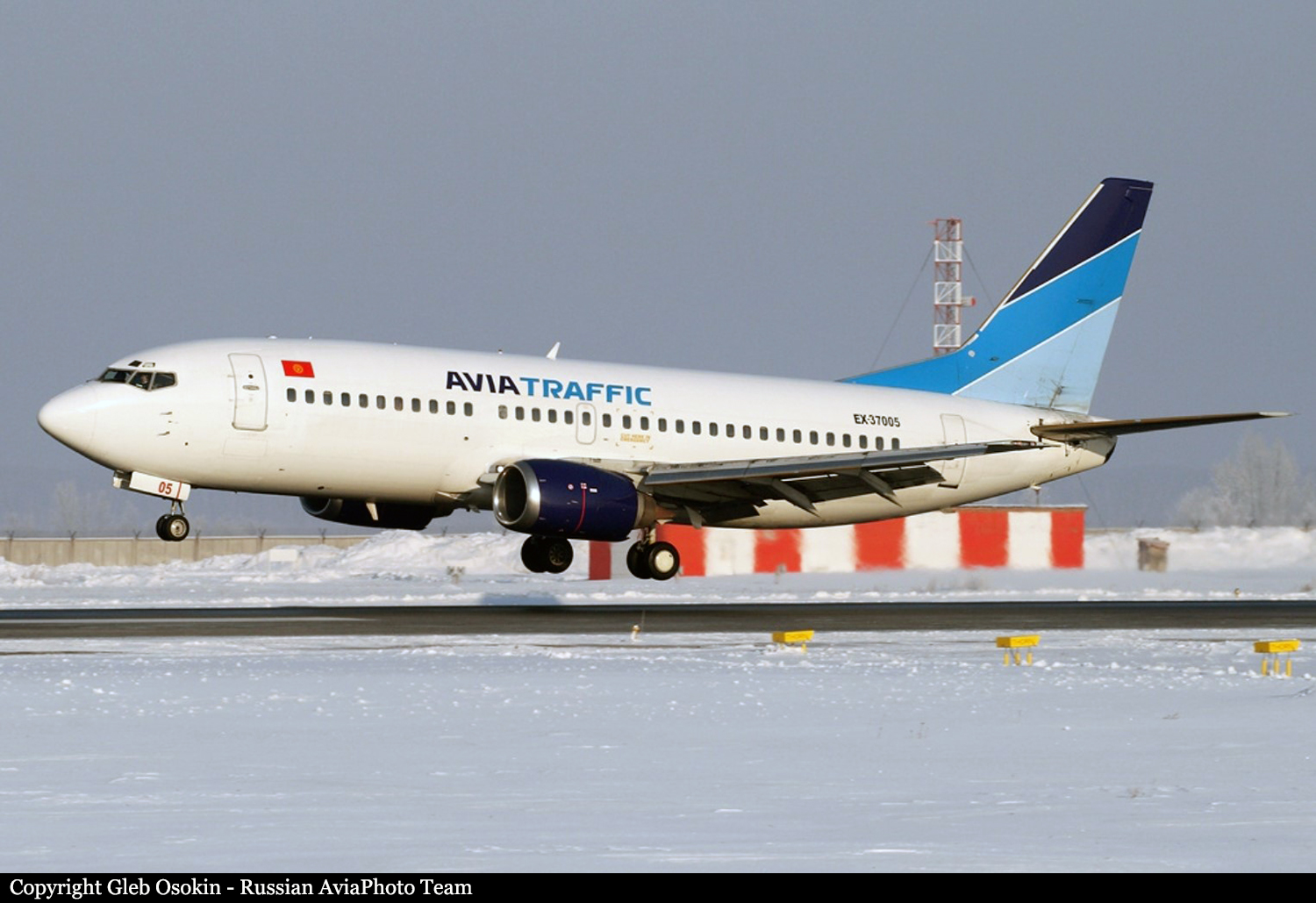
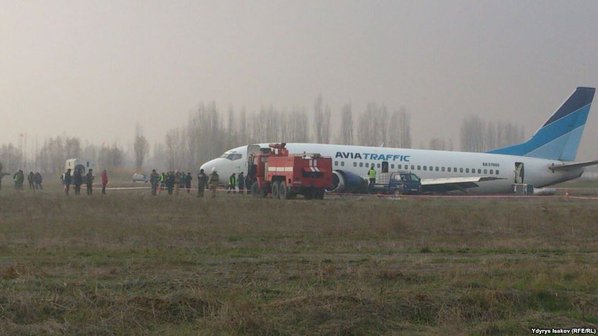
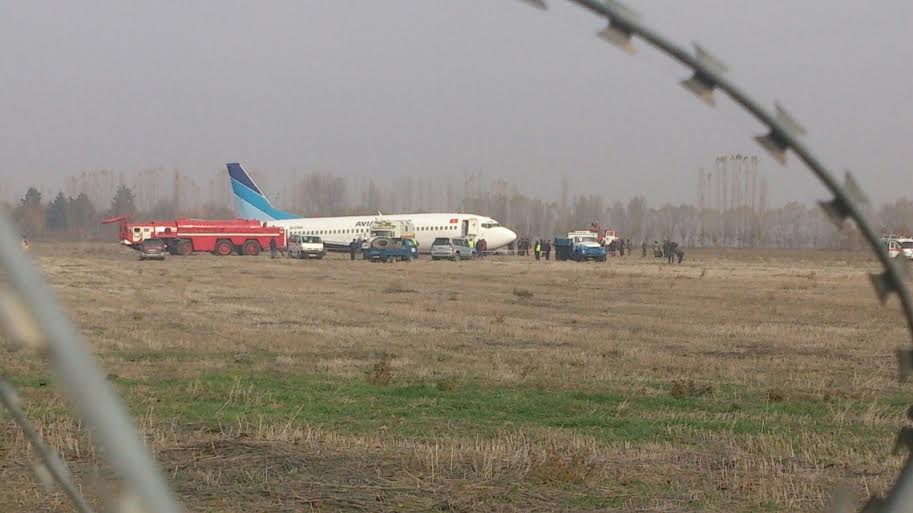
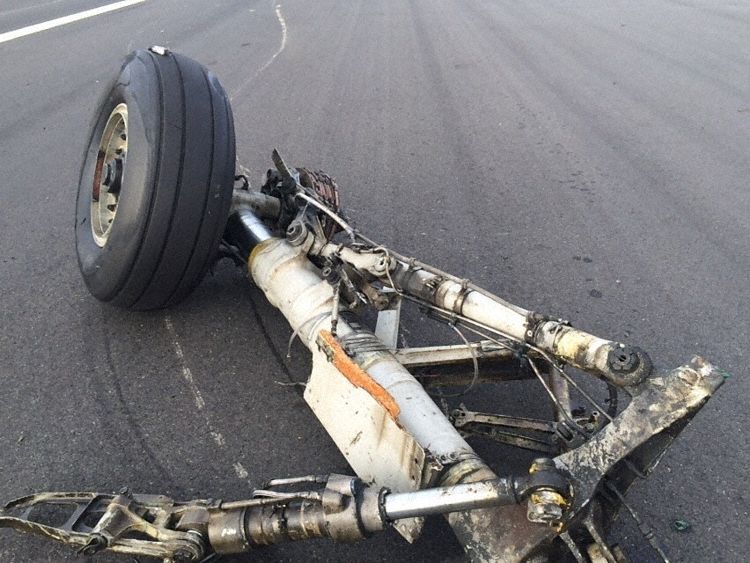




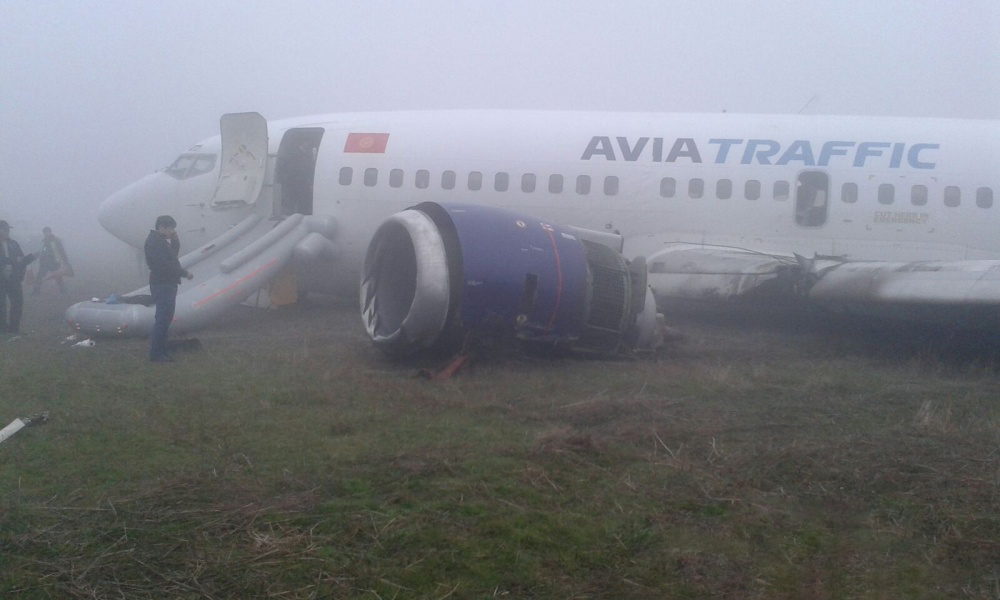
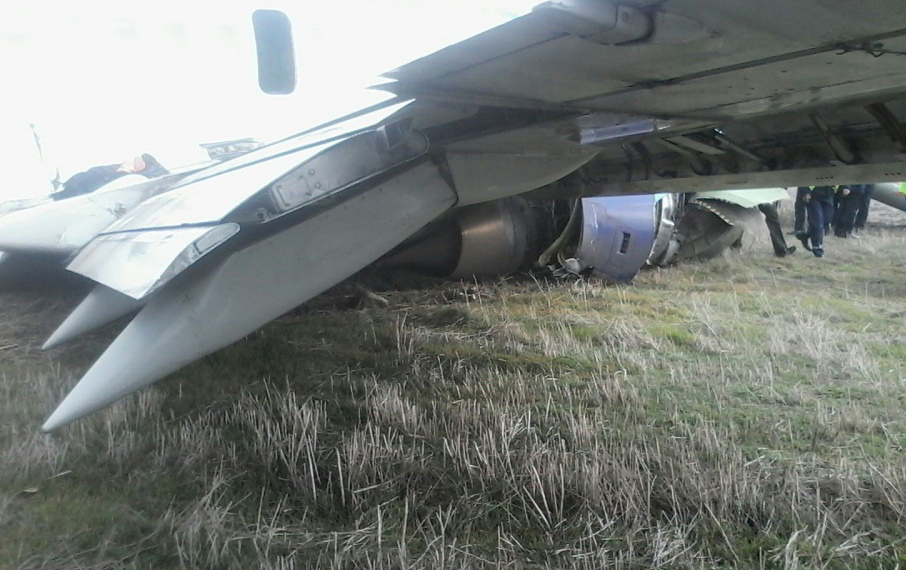
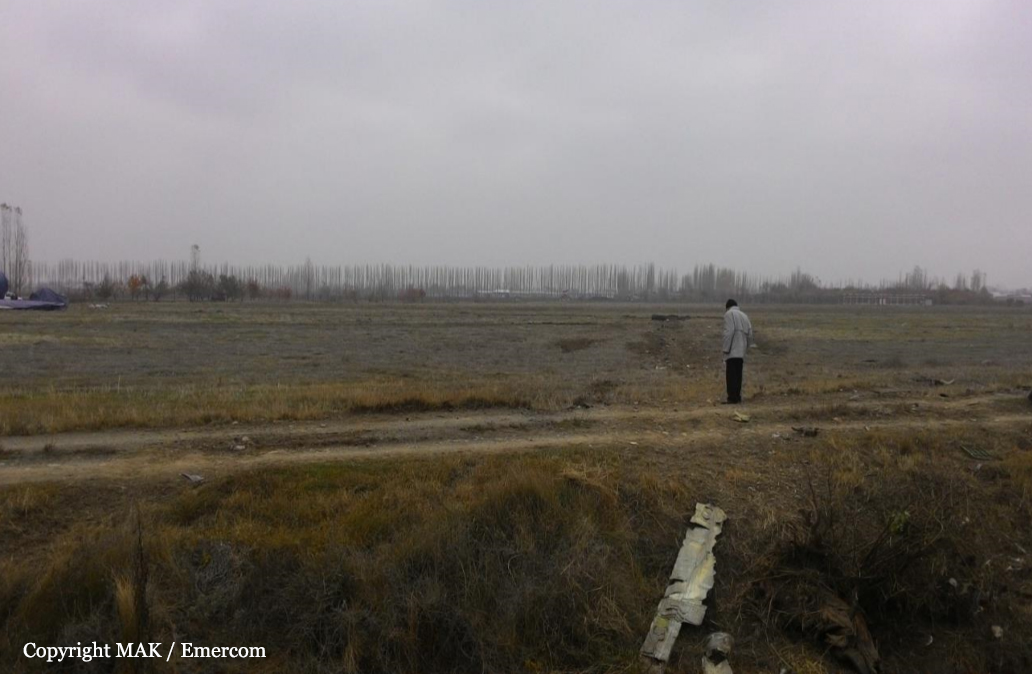

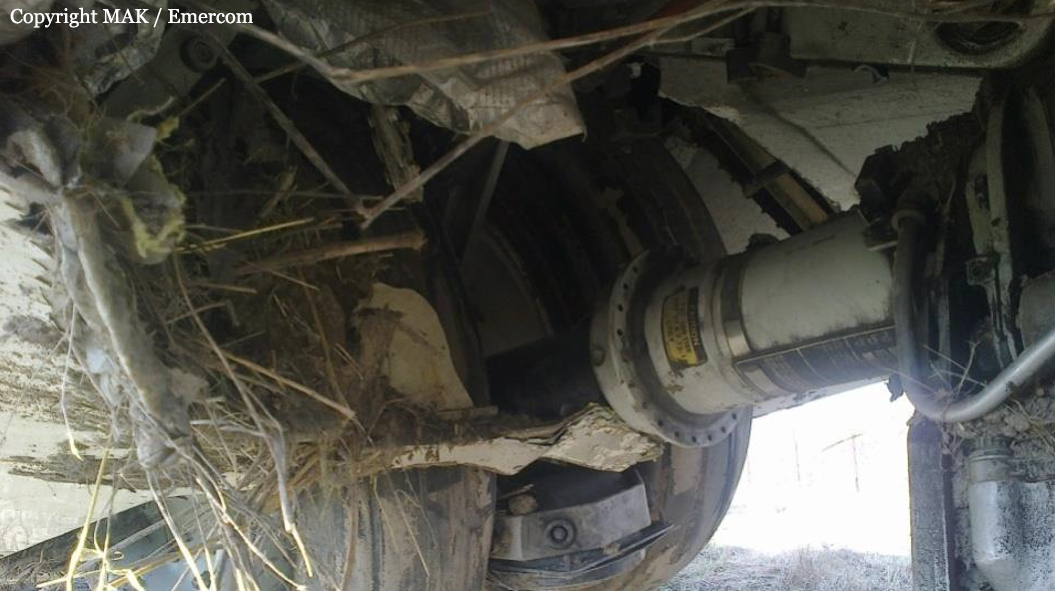
Crash of a Boeing 737-3K2 in Cuzco
Date & Time:
Oct 23, 2015 at 1115 LT
Registration:
OB-2040-P
Survivors:
Yes
Schedule:
Lima - Cuzco
MSN:
24329/1858
YOM:
1990
Flight number:
P9216
Crew on board:
6
Crew fatalities:
Pax on board:
133
Pax fatalities:
Other fatalities:
Total fatalities:
0
Captain / Total hours on type:
1971.00
Copilot / Total hours on type:
1219
Aircraft flight hours:
74018
Aircraft flight cycles:
42389
Circumstances:
Following an uneventful flight from Lima, the crew started the descent to Cuzco-Alejandro Velasco Astete Airport Runway 28. On approach, the aircraft was configured for landing and flaps were deployed to 15°. Following a smooth landing, the crew started the braking procedure when, eight seconds after touchdown, he noticed vibrations coming from the left main gear. At a speed of 100 knots, the right main gear collapsed. The aircraft rolled for few hundred metres then came to a halt on the runway. All 139 occupants evacuated safely and the aircraft was damaged beyond repair.
Probable cause:
Unstable approach and inadequate landing technique for high altitude fields, which resulted in increased landing speed, the start of the flare manoeuvre at higher altitude, and low descent speed, which made the OB-2040-P aircraft make soft contact with the runway, causing inefficiency in operation of the shimmy damper, which did not prevent uncontrolled oscillation of the shock absorbers.
Contributing factors:
- Lack of instruction and training in simulators that include techniques and maneuvers of landing at high altitude fields, with emphasis on speed control at landing.
- Lack of a performance analysis process, through the use of flight recorders or other installed data recording equipment and flight parameters, by the operating company, to enable supervision, control and corrective measures in the operational use of its aircraft.
Contributing factors:
- Lack of instruction and training in simulators that include techniques and maneuvers of landing at high altitude fields, with emphasis on speed control at landing.
- Lack of a performance analysis process, through the use of flight recorders or other installed data recording equipment and flight parameters, by the operating company, to enable supervision, control and corrective measures in the operational use of its aircraft.
Final Report:


